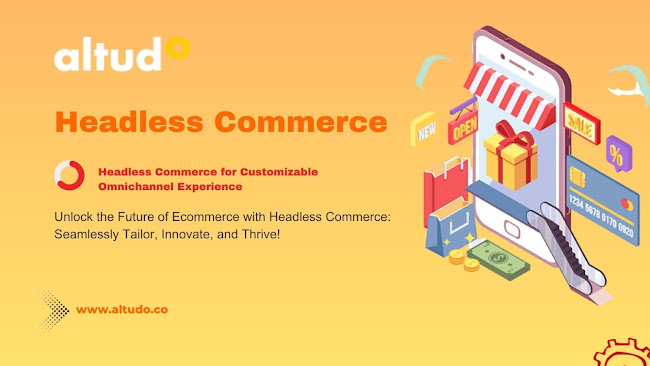Headless Commerce vs. Traditional Ecommerce: A Comparative Analysis
In the ever-evolving landscape of online retail, the way we approach ecommerce is changing. Traditional ecommerce platforms have long been the go-to solution, but in recent years, a new player has emerged on the scene: headless commerce. This shift has sparked a debate among businesses looking to establish or enhance their online presence. To help you make an informed decision, let's dive into a comparative analysis of Headless Commerce vs. Traditional Ecommerce.
Architectural Differences: Decoupling Frontend and Backend
Traditionally, ecommerce platforms are all-in-one solutions. They integrate both the frontend (what customers see) and backend (the engine running the website) into a single monolithic structure. While this approach simplifies setup and maintenance, it can limit flexibility and scalability.
Traditional Ecommerce:
- Pros: Quick setup, user-friendly for non-technical users.
- Cons: Limited customization, potential performance bottlenecks.
Headless Commerce:
- Pros: Decoupled architecture, unlimited frontend flexibility.
-Cons: Requires development expertise, potentially longer setup.
With headless commerce, the frontend and backend are decoupled, allowing for independent development and scaling of each. This means you can build a highly customized frontend while leveraging a robust, flexible backend. It's like having the best of both worlds.
Scalability and Flexibility: Headless Commerce's Edge
Scalability is a critical factor in today's ecommerce landscape. As your business grows, you need a platform that can grow with you.
Traditional Ecommerce:
- Scalability:Can struggle to handle sudden traffic spikes.
- Flexibility: Limited ability to adopt emerging technologies.
Headless Commerce:
- Scalability:Easily scales to accommodate increased traffic and sales.
- Flexibility: Quick adoption of new technologies and integrations.
Headless commerce offers a significant advantage here. With a separate frontend and backend, you can scale each component independently. This makes it easier to manage traffic surges during holidays or special promotions and stay agile in a rapidly changing digital market.
User Experience and Innovation: Choosing the Right Approach
In ecommerce, the user experience is everything. It directly impacts conversion rates, customer retention, and brand loyalty.
Traditional Ecommerce:
- User Experience: Can be constrained by predefined templates.
- Innovation: Limited to platform-specific features and updates.
Headless Commerce:
- User Experience: Highly customizable for unique and engaging experiences.
- Innovation: Agile adoption of cutting-edge technologies and trends.
Headless commerce allows for unparalleled user experience customization. You can design and optimize your frontend to meet your specific audience's needs and preferences. Additionally, with the ability to integrate new technologies seamlessly, you can stay ahead of the curve and provide innovative features and experiences.
Conclusion
When considering the choice between Traditional Ecommerce and Altudo's Headless Commerce services in the competitive arena, the optimal decision hinges on aligning with your specific business objectives and requirements. Traditional ecommerce platforms are renowned for their user-friendly setup and streamlined operation, making them an ideal match for smaller enterprises with limited technical capabilities. Conversely, Altudo's Headless Commerce Services stand out with their exceptional scalability, flexibility, and capacity to deliver innovative user experiences, rendering them a compelling choice for larger enterprises or businesses striving to differentiate themselves in a fiercely competitive market.s.



Comments
Post a Comment